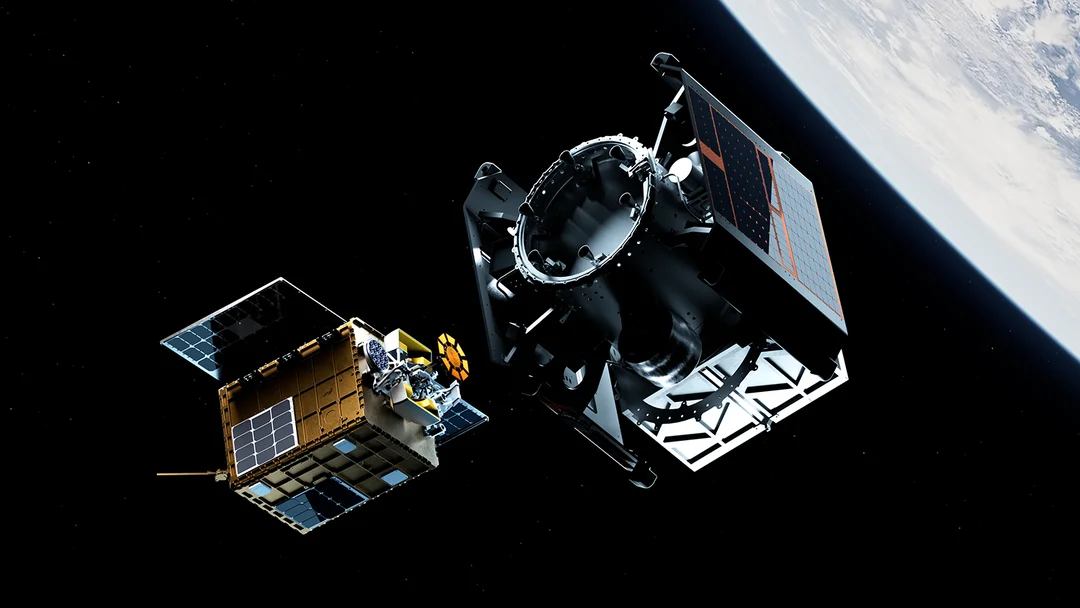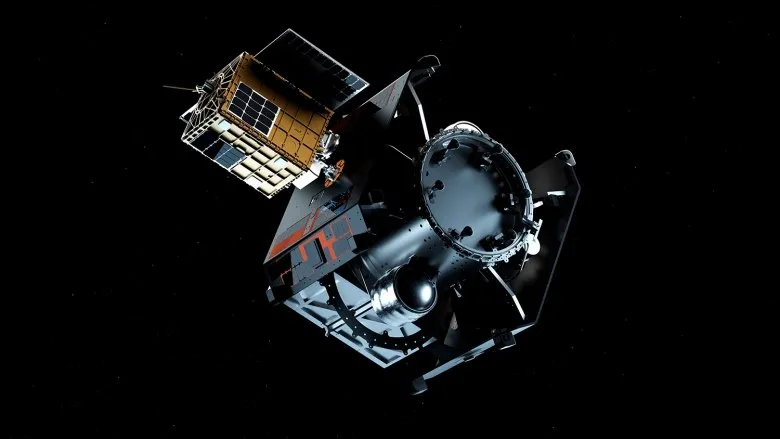
Starfish Space Set to Make History with First Commercial Satellite Docking in LEO
Starfish Space is gearing up for a groundbreaking mission that could revolutionize the future of satellite servicing. The Seattle-based startup plans to launch its second mission, Otter Pup 2, next month, aiming to achieve the first-ever commercial satellite docking in low Earth orbit (LEO). This ambitious endeavor hopes to demonstrate its unique technology of docking with satellites not specifically designed for such operations.
Otter Pup 2 will hitch a ride on SpaceX's Transporter 14 mission, scheduled for launch in June. The target for this pioneering docking attempt is a D-Orbit ION spacecraft. What makes this mission particularly significant is that the ION vehicle is not equipped with a standard docking mechanism, highlighting Starfish Space's innovative approach.

"If successful, this mission will further validate our unique approach to satellite servicing: taking complex problems that were traditionally solved with hardware and instead solving them with software," said Starfish co-founder Trevor Bennett. This software-centric approach allows Starfish to create smaller and more agile servicing vehicles, potentially transforming the economics of in-space services.
The Otter Pup 1 mission, launched in June 2023, faced challenges due to an anomaly with the Launcher tug it was aboard. Despite this setback, Starfish demonstrated its capabilities by maneuvering Otter to within 0.6 miles (1 kilometer) of another D-Orbit ION vehicle, showcasing the potential of their technology. Otter Pup 2 aims to build on this experience, pushing the boundaries of what's possible in satellite servicing.

This time around, Otter Pup 2 will operate independently of the ION vehicle after deployment. According to Bennett, this will allow the mission to simulate the sort of long-range rendezvous that will become commonplace as this technology matures:
"The chasing down, doing this long-range rendezvous, as we would call it, is true to form for the services that we provide and true to form for the full technology stack."
The 40kg spacecraft relies on electrostatic adhesion to attach itself to the flat side panel of the ION vehicle. The initial docking will only last a few minutes for testing purposes, but as confidence in the system grows, the two spacecraft may perform collaborative maneuvers. Guiding the entire process is CETACEAN and CEPHALOPOD, Starfish's autonomous navigation and control software packages.
Beyond the technical demonstration, Starfish Space is focused on establishing best practices for rendezvous and proximity operations (RPO), addressing safety and security concerns in the burgeoning in-space services industry. As Bennett explained, they aim to “break it down into the pieces that contribute to uncertainty” to demonstrate the safety of close-proximity operations.
With contracts already in place with Intelsat, NASA, and the U.S. Space Force, Starfish Space is poised to play a significant role in the future of space operations. The company envisions its technology enabling in-space inspection, orbital relocation, repairs, and even in-space assembly and manufacturing. The success of Otter Pup 2 will be a crucial step toward realizing this vision.
What impact do you think successful satellite servicing will have on the future of space exploration and utilization? Share your thoughts and predictions in the comments below!